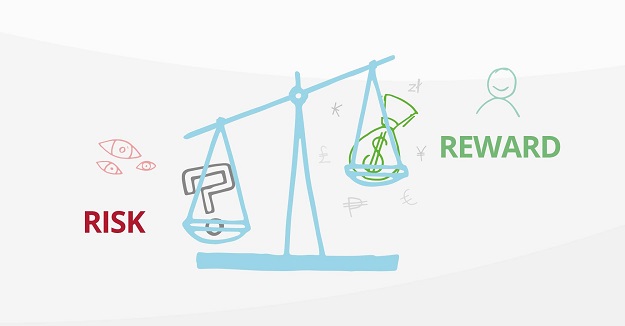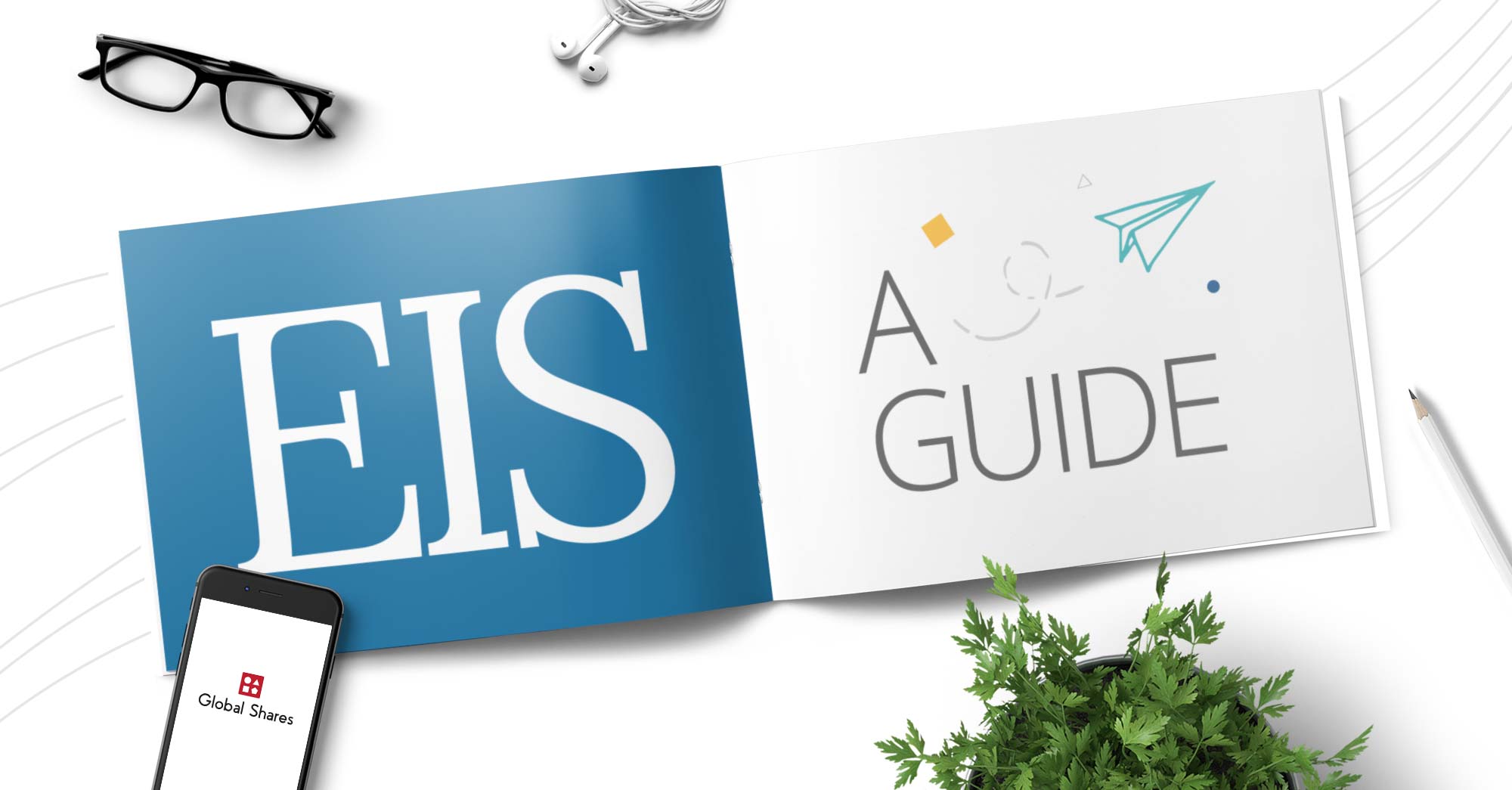The Enterprise Investment Scheme (EIS) is a UK-based initiative designed to help startups and small companies raise the funds they need to help grow their business. It does so by offering tax incentives to investors who buy new shares in companies that meet eligibility criteria set down by HMRC.
Launched in 1994, this scheme has proven to be one of the key pillars in the business support strategy of successive governments. It has been working to the mutual benefit of company and investor alike for more than a quarter-of-a-century, with the most recently published official statistics highlighting that during its lifetime thus far, the EIS has facilitated around £24 billion in funding for almost 33,000 companies. Most recently, in the 2019 to 2020 period, HMRC reports that 4,215 companies raised £1,905 million under the scheme, with 1,500 companies availing of the scheme for the first time to the total tune of £466 million.
These numbers underscore not just the scheme’s historical significance, but also its continuing relevance to investors and the broader business community. All of which means it is undoubtedly in the interests of any business owner or prospective investor who has yet to investigate the possibilities associated with an EIS to take the time to see what the scheme might be able to do for them.
The tax benefits of the Enterprise Investment Scheme (EIS)

There are several ways your risk in an EIS can be reduced, and to benefit on the upside
From the investor perspective, the key elements of the scheme is the tax-related incentives that are offered to encourage investment in qualifying businesses. This is what makes the scheme work, as these incentives help to reduce the risk otherwise associated with investing capital in a company.
It is important to stress that the purpose of the scheme is to encourage investment by reducing risk, as opposed to eliminating it. This distinction led to a substantial reform of the scheme in 2018, with the introduction of the risk-to-capital condition, which tied the presence of risk into the eligibility rules governing the scheme. More on that later; for now, let’s focus on the tax incentives linked with EIS.
# Income Tax relief: Relief of 30% can be claimed on EIS-eligible investments made in any one tax year. The maximum investment allowed in a year is £1 million, meaning it is possible to reduce your tax liability through this scheme by up to £300,000.
EIS allowances are dealt with on an individual basis, which means that, for example, a husband and wife could each invest up to £1 million – a combined £2 million – every tax year and have their tax relief calculated separately, meaning that between them they could receive an annual combined tax reduction of £600,000.
There are several criteria that must be met for an investment to be deemed EIS-eligible and for investors to qualify for tax relief. We will deal with this in more detail later, but for now, one of the key points to emphasise is that shares purchased under this scheme must be held for at least three years from the time of issue or the tax relief will be withdrawn.
# Capital Gains Tax exemption: If you make an investment through EIS in a company and hold those shares for three years and claim whatever income tax relief is due, at that point, if you decide to sell your stake, you will be 100% exempt from CGT on whatever gains you have made.
It is important to make clear that there is no obligation to sell after three years. Many investors will consciously choose to hold their shares for much longer, with a view towards benefiting even more from the CGT exemption over time.
# Loss relief: If the investor ultimately makes a loss when disposing of the shares (remember, the investment risk is reduced, not eliminated!), they can elect that the loss, minus income tax relief, be set against their income of that year or the previous year as opposed to being set against any capital gains.
Let’s use a hypothetical scenario to show how that would work in practice:
1: You make an investment of £20,000.
2: You are entitled to 30% Income Tax relief: £6,000.
3: The company closes down, so you now have at-risk capital: £14,000.
4: Assuming you’re being taxed at the 45% rate, you will recoup 45% of your at-risk capital: £6,300.
5: Your actual loss in this scenario would be £7,700. Yes, you’re still losing money, but between the various tax relief measured provided for under an EIS, you get to salvage more than 60% of the initial investment.
# Capital Gains Tax deferral relief: Payment of CGT can be deferred when that gain is subsequently invested in an EIS qualifying company. So, if you have realised a taxable gain (such as selling non-EIS investments or other investments that don’t provide for a CGT exemption), you can defer that liability for as long as you hold the EIS investment and while the conditions governing that investment is not breached.
Also, EIS investments have a “carryback” facility, whereby part or all of the cost of shares purchased in one tax year can be treated as if they were acquired the year before, thus allowing investors to offset tax relief against income tax from the previous tax year. This is subject to the overriding limit in place for relief in each tax year.
Qualifying for tax relief with an EIS investment
Aside from whether or not a company is eligible for EIS investment (more on that later), there are also boxes that must be ticked for individual investors if there are going to qualify for tax relief.
Among the points that need to be considered here are:
# Investors must pay for the shares they are purchasing at the time they receive them. So, if there is an element of deferred payment involved, then those shares will not be eligible for EIS tax relief.
# As stated earlier, shares must be held for at least three years.
# The shares being purchased must be ordinary shares that offer no preferential protections from the normal risks associated with investing in a company.
# HMRC is particularly sensitive to arrangements that appear designed to provide tax relief, but serve no other obvious business purpose. In practice, the EIS excludes scenarios whereby Investor A would invest in Investor B’s company and Investor B would then invest in Investor A’s company.
# There are also restrictions based on an investor having a pre-existing connection to the target company. That connection might be through financial interest or employment.
On financial interest, an individual is deemed to be connected to the company if they control it or hold more than 30% of voting rights or share capital – with these restrictions covering the two-year period prior to and three years after the share issue. These rules also include all relatives of the would-be investor, except their siblings. With regard to connection by employment, partners, directors, and employees are deemed to be connected, and therefore ineligible.
# Angel investors are treated as an exception to the scenarios outlined immediately above and therefore will be eligible for tax relief when making an EIS investment. The rationale here is that an angel investor will often be a friend or family member of the small business entrepreneur being targeted for investment. The logic is that angels are investing in the individual entrepreneur looking to get up and running, rather than in the business itself.
# To claim the tax benefit, individuals must receive Form EIS3 from the company. Claims are then made using the self-assessment tax return for the tax year in which the shares were issued. Claims can be made up to five years after the investment.
# As mentioned earlier, if the company loses its qualifying status for the scheme, the investor will then lose their claim to tax relief, even though they themselves most likely had no direct input in the decisions that would have led to the company falling foul of the eligibility rules.
How to qualify for the Enterprise Investment Scheme (EIS)

There are strict eligibility criteria for qualifying for an EIS
So, what about the criteria for companies? What terms must companies meet to be eligible for EIS investment? Below are some of the key points:
# The company cannot have more than 250 full-time equivalent employees at the time that the shares are issued.
# It cannot have gross assets worth more than £15 million before the shares are issued, and this figure cannot exceed £16 million immediately afterwards.
# The company must have a permanent establishment in the United Kingdom. For the purposes of EIS eligibility, that means having a fixed trading location in the UK, where at least a substantial part of the company’s business is done.
# The company cannot be traded on a stock exchange at the time of the share issue and it must also be clearly stated that the business has no plans or intentions in that direction.
# It cannot be controlled by another company or have more than 50% of its shares held by another company.
# There must be no expectation that the company will close after completing a specific project or series of projects.
# No company can raise more than £5 million during any individual year from combined fund-raising efforts through an EIS, Venture Capital Trusts, social investment tax relief, and the Seed Enterprise Investment Scheme (SEIS).
# An individual company can only raise £12 million in its lifetime from the sources mentioned immediately above.
# New rules were introduced in 2015 and later expanded in 2018 to incentivise investment in knowledge-intensive companies (KICs). Companies in this sector can benefit from increased funding limits – both on an annual basis and across their lifetime. The annual limit for KICs is £10 million (as opposed to £1 million), with a lifetime cap of £20 million (versus £12 million). These rule changes are specifically designed to encourage more investment into what HMRC regards as innovative companies with massive potential for growth.
# A company will be eligible to receive EIS investment within seven years of its first commercial sale. In the event of the company having or previously having had subsidiaries or purchasing another business, the “seven-year clock” starts ticking from the earliest sale made by any of those outlets.
If you have moved beyond the seven-year boundary, it is still possible to apply for EIS funding, but you will need to demonstrate that you are seeking support for efforts to enter a new product or geographic market or that what you are seeking is foreseen follow-on funding, and that the figure involved is equivalent to at least 50% of the company’s average turnover for the previous five years.
# In 2018, HMRC introduced the risk-to-capital condition. HMRC describes it as a “principles-based condition” and, under its terms, an early-stage company must demonstrate that it has objectives to grow over the long-term and that those growth prospects are linked to whether they secure EIS investment.
For the investor, the risk-to-capital condition sets out that the proposed investment must represent a genuine risk and that they could lose more than they might gain. With this measure, HMRC is consciously looking to exclude investments that would amount to “capital preservation activities”, whereby the real purpose of the investment is to prevent loss rather than taking a chance in the hope of securing gain. One of the potential headaches for both company and investor arising from this measure is that the decision-making process on eligibility is largely subjective – each application is assessed on its own merits, rather than having to meet a specified set of criteria.
# HMRC operates an Advance Assurance facility, which lets investors know that target companies have met all the terms necessary to qualify for the scheme. To receive this certification, a company must provide certain key information to the Small Companies Enterprise Centre (SCEC), including the trade they are engaged in, the company’s structure, a financial forecast, a proposal for shared capital and equity, and whether the investor intends to claim EIS relief after the shares are purchased.
It is important to note that it is not enough for a company to establish that it qualifies for the scheme merely at the time that the deal is done. It needs to continue to do so through the life of the investment. If at any time during that period circumstances change within the company and it is deemed to no longer be eligible, it could be excluded from the scheme and therefore lose the ability to apply for tax relief on behalf of investors.
Which sectors are eligible and which are excluded?
As with other tax-efficient investment schemes overseen by HMRC, a great many – but not all – sectors are eligible for an EIS.
Among eligible businesses, the official figures for the 2019 to 2020 period show that companies from four sectors dominated, accounting for 71% of total investment, with Information and Communication leading the way (£630 million), followed by Professional, Scientific, and Technical (£307 million), Manufacturing (£241 million), and Wholesale and Retail Trade, Repairs (£174 million).
Other sectors listed in the official HMRC report include:
- Agriculture, Forestry, and Fishing
- Mining and Quarrying
- Electricity, Gas, Steam, and Air Conditioning
- Water, Sewerage, and Waste
- Construction
- Transport and Storage
- Accommodation and Food
- Financial and Insurance
- Real Estate
- Admin and Support Services
- Public Admin, Defence, and Social Services
- Education
- Health and Social Work
- Arts, Entertainment, and Recreation,
- Other services activities
- Households
- Overseas
Excluded sectors include:
- Banking, insurance, and money lending
- Coal and/or steel production
- Dealing in goods other than ordinary retail or wholesale distribution, such as goods held as investments if stock is not actively sold
- Dealing in land, commodities, or futures, or in stocks, shares, securities, or financial products
- Farming and market gardening
- Generating or exporting electricity or power – with some exceptions (hydropower, anaerobic digestion, community interest companies, co-ops)
- Hire purchase financing and other financial activities
- Leasing or letting assets for hire – with an exception made for ship chartering
- Legal or accountancy services
- Property development
- Receiving royalties or licence fees – with some exceptions for self-generated intellectual property
- Running hotels, or any similar properties
- Running nursing or care homes
- Shipbuilding
- Providing a service to any business trading in any of these activities
The key proviso attached to all of the above is that if any of those lines of business account for over 20% of the day-to-day activities of a company, then that company will not be eligible for EIS investment.
What are the benefits of the Enterprise Investment Scheme (EIS)?
As with other similar types of investment vehicles, investors can benefit from a range of tax incentives when making an EIS investment. As well as that, the investments made may well prove to be lucrative in their own right. Any investment constitutes a risk, but if that company proves to be viable and thrives, then there may be big returns, but the terms of the scheme mean that even if the investment ultimately doesn’t work out, the investor will recoup a substantial amount of the initial outlay.
For the companies receiving funds, one obvious benefit is access to capital. Beyond that, other upsides include the shop window that being EIS-compliant places you in.
That exposure might create an opportunity to work with a given investor now or later. Even if the exposure in the here and now does not translate into receiving immediate investment from a particular investor, a seed can be planted for future collaboration down the line. Also, SEIS facilitates connections and networking – with investors sharing contacts and expertise in the sectors with which they are most familiar.
This publication contains general information only and J.P. Morgan Workplace Solutions is not, through this article, issuing any advice, be it legal, financial, tax-related, business-related, professional or other. J.P. Morgan Workplace Solutions’ Insights is not a substitute for professional advice and should not be used as such. J.P. Morgan Workplace Solutions does not assume any liability for reliance on the information provided herein.



